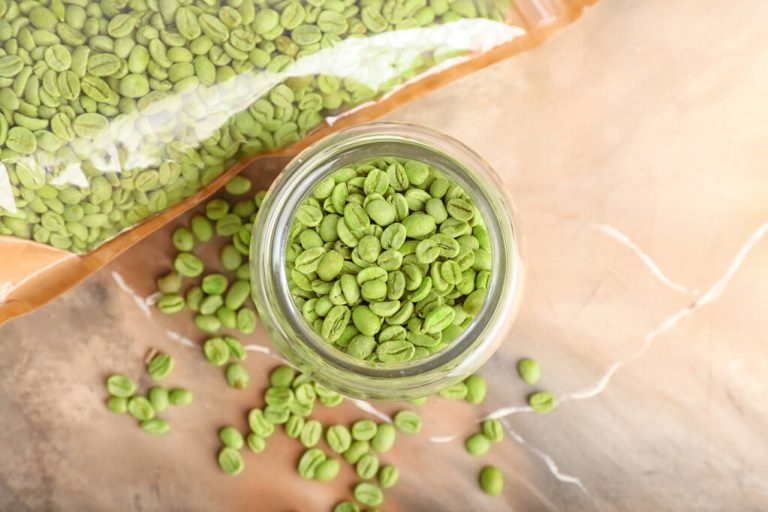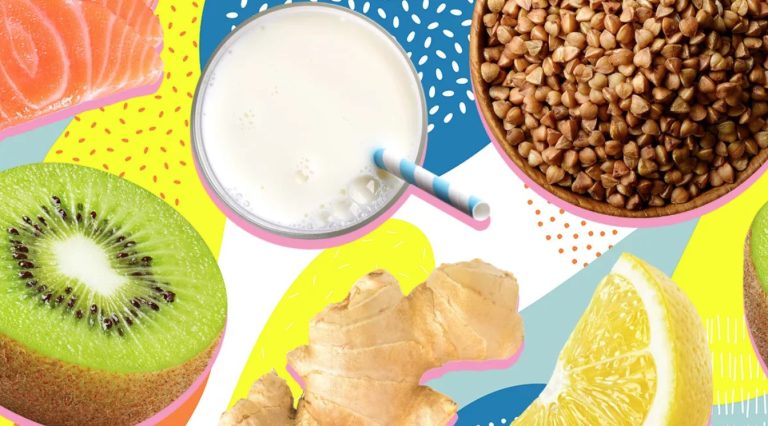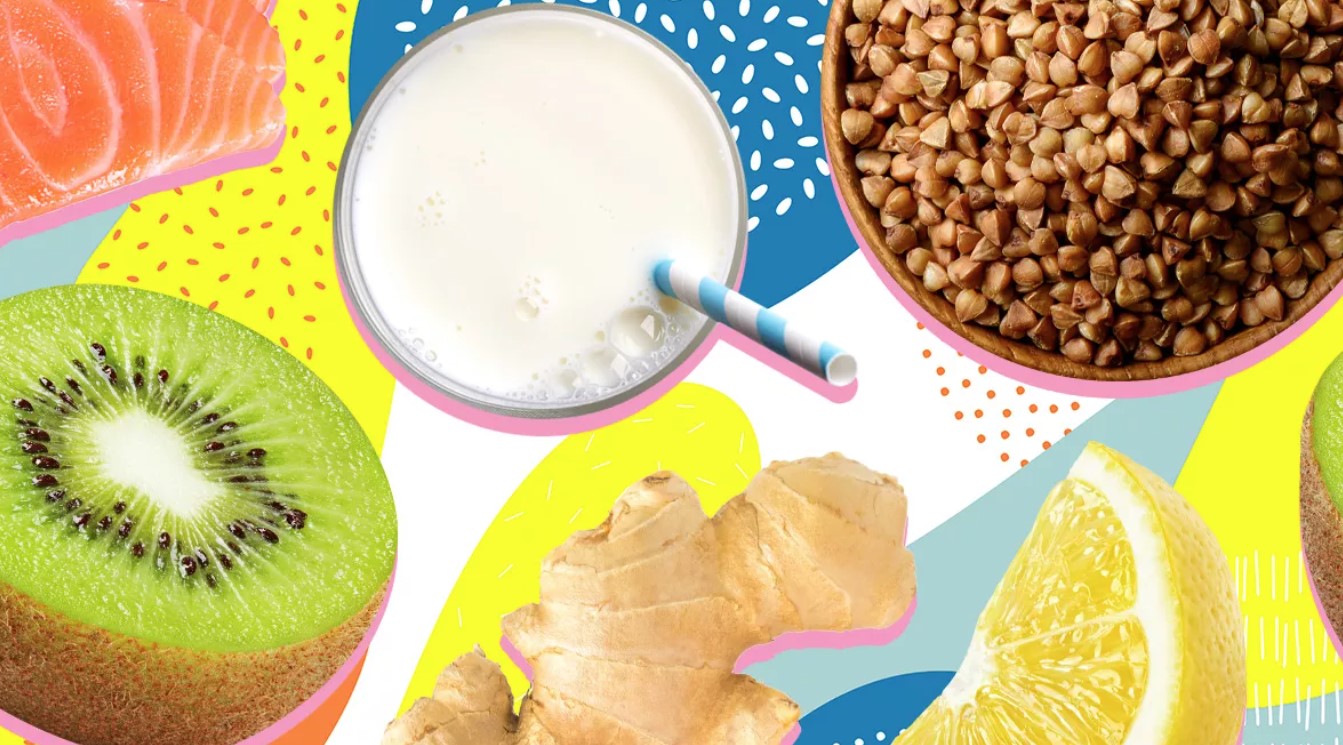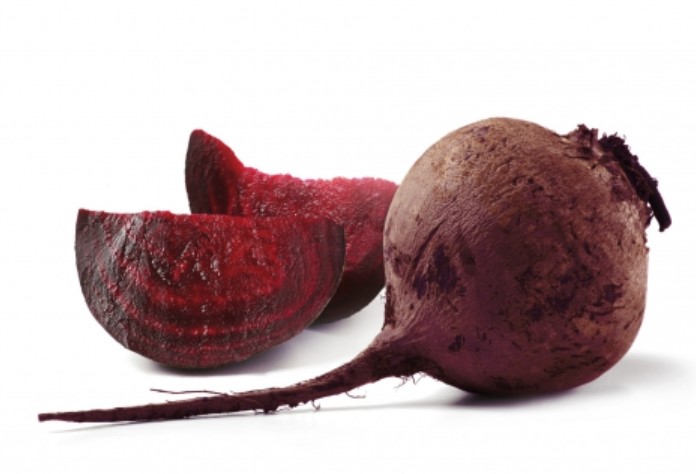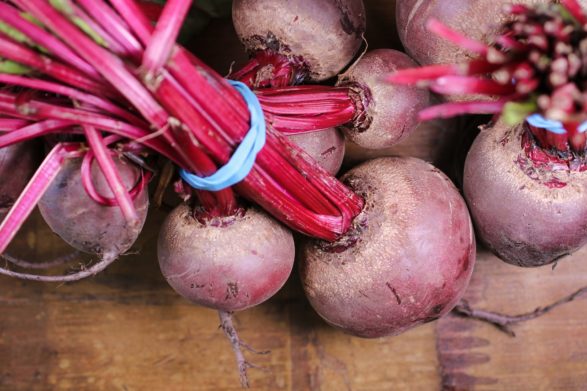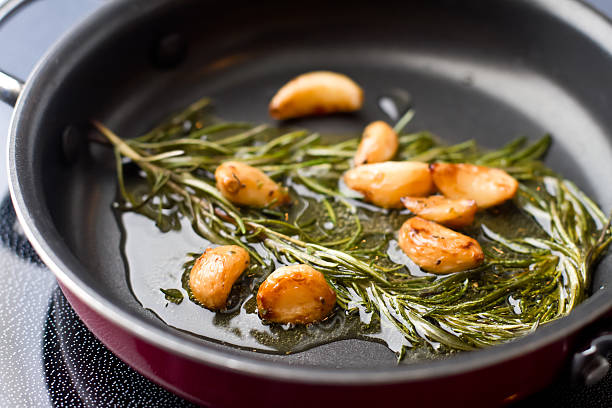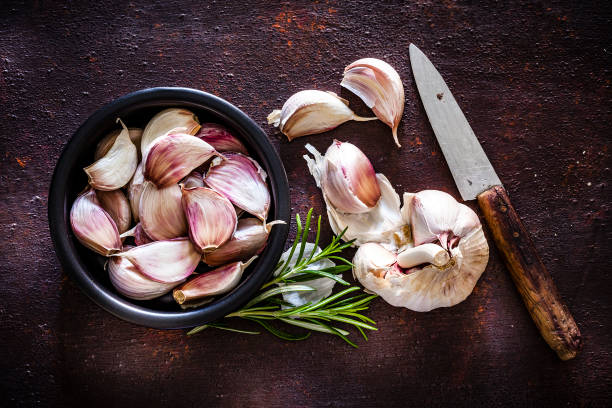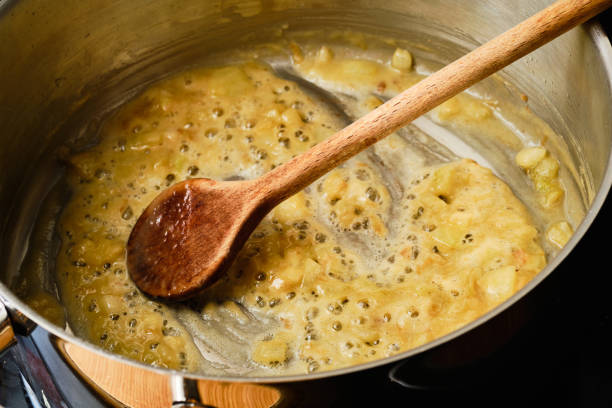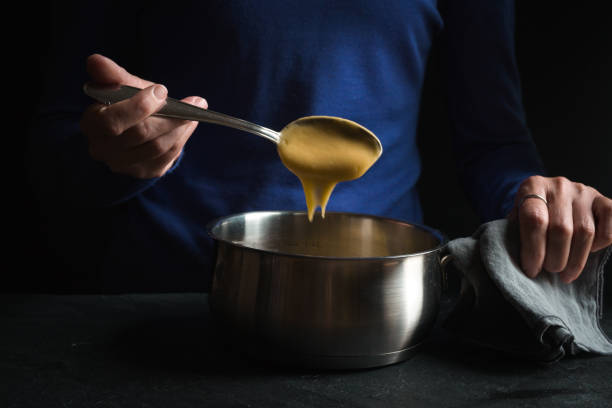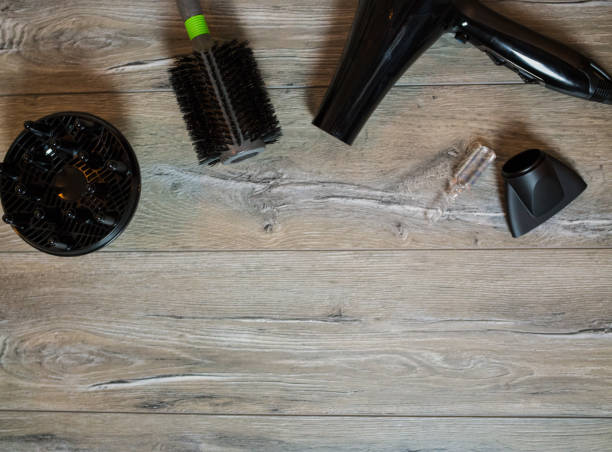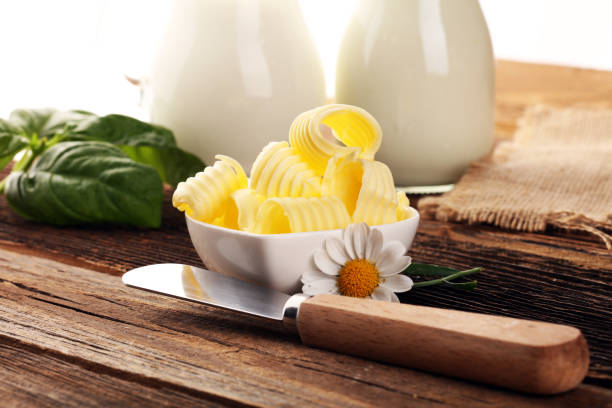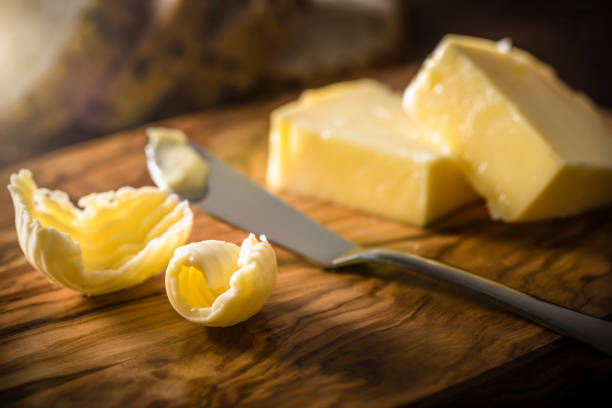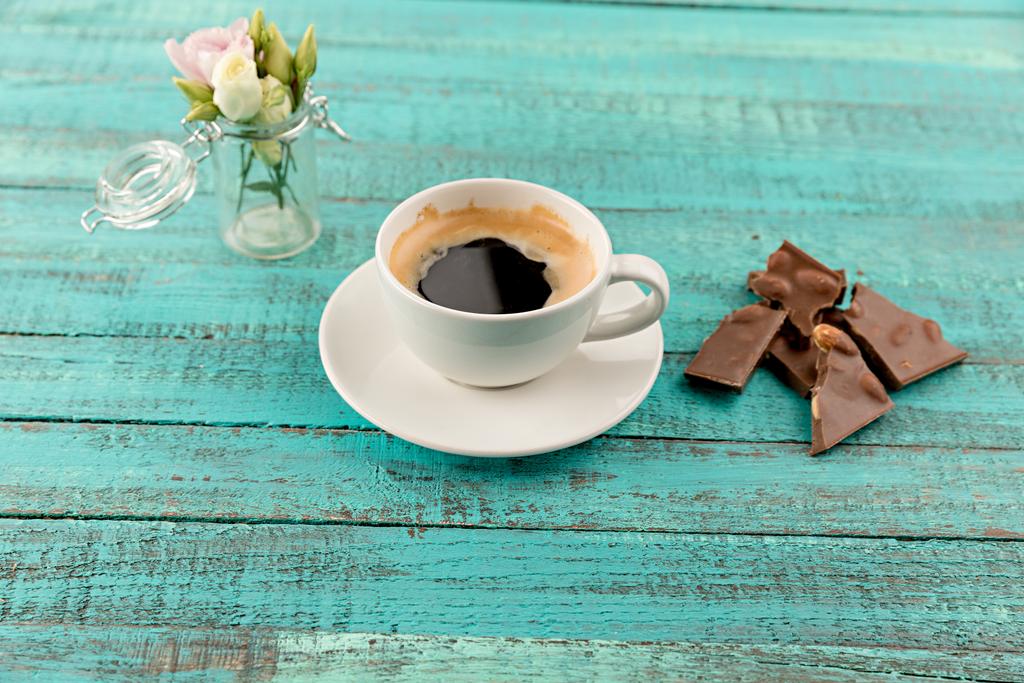Hipster trend or true panacea? Green coffee is trending because it’s said to help you lose weight quickly and effectively.
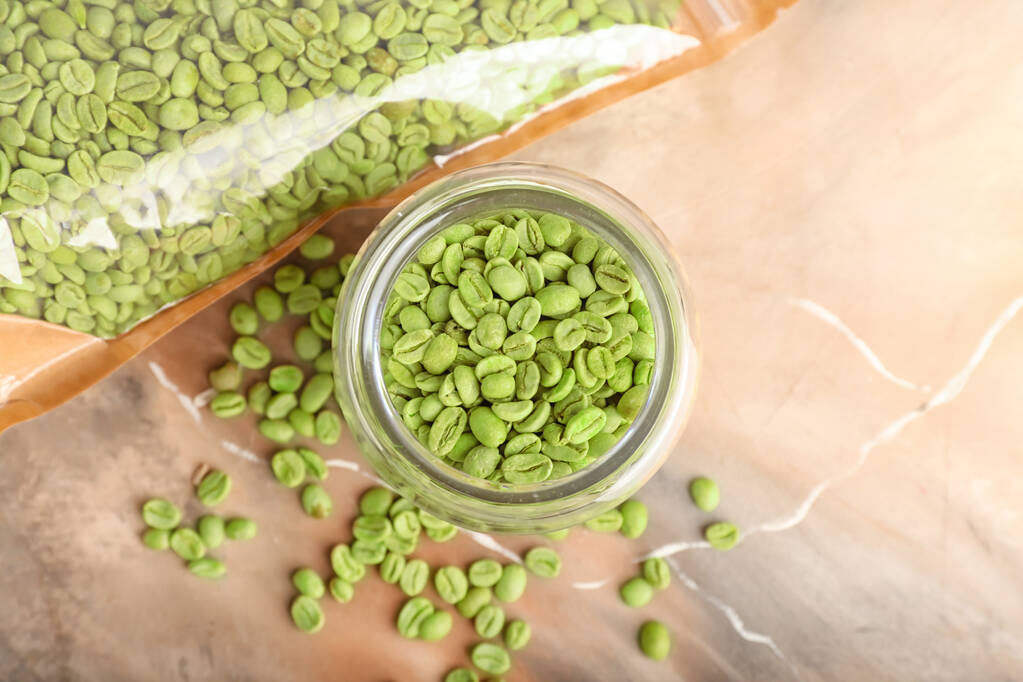
A trend that is still quite unknown, but very effective and increasingly popular: How to lose weight quickly and permanently with Green Coffee.
In addition to increased concentration and a better mood, the caffeine also has a soothing effect on headaches. But now the coffee bean is said to have another positive effect on the human body. Regular consumption of coffee should help to ensure that the kilos just tumble without additional aids. It is already known and extremely popular with insiders: the Green Coffee.
But what is the Green Coffee all about? The extract from the green coffee beans is said to stimulate weight loss and get rid of excess belly fat. Could this be the new miracle diet for those who don’t have time for regular exercise, have tried all sorts of diets without success, or just don’t want to make the effort? The coffee extract seems to be the ideal solution for losing weight. The extract can be taken in the form of capsules or as a powder. Thus, it does not require any circumstances to incorporate the miracle cure into everyday life. As a natural preparation, no chemical ingredients are injected into the body. Nevertheless, the Green Coffee stirs up many questions and makes you hesitate. What exactly is green coffee and what makes it special? How is it applied? Can negative side effects occur?
The effect of the coffee extract
The coffee bean that has not yet been roasted is generally referred to as green coffee. While such unroasted beans can be ground and brewed into a coffee beverage like the roasted ones, they have an acidic, unpleasant taste and odor. For this reason, roasted coffee beans are used almost exclusively for the coffee drink.
Nevertheless, the unroasted coffee bean is said to have a miraculous effect because of its ingredients. It has a very high proportion of chlorogenic acid. Depending on how well the bean can ripen, this content fluctuates around 7% on average. If the coffee bean ripens in an ideal climate, the content is higher. The roasting of the coffee beans reduces the proportion, which is why the so-called green beans are best suited for losing weight. The chlorogenic acid prevents the absorption of sugar into the blood. Together with 18 other amino acids, the blood fat level is reduced by the chlorogenic acid. As a result, the body does not store this sugar as fat. At the same time, the promotion of the metabolism of fat in the liver increases. Thus, the body is rid of fat by two mechanisms that go hand in hand. In addition, the green coffee bean extract reduces the feeling of hunger, which means that less sugar is absorbed in the first place.
With regular intake of green coffee extract, the body is therefore helped in a completely natural way to lose weight quickly and effectively. Green coffee can be found on the market almost exclusively as green coffee extract, i.e. as a dietary supplement. It is sold in capsule, stick or powder form. The coffee extract can also be added to drinks, chocolate or chewing gum, for example. Green Coffee has the highest possible dosage of coffee extract on the German market and is therefore the ideal preparation. In addition, green coffee has many other positive effects on the body: it reduces the risk of cancer and cardiovascular diseases, works against high blood pressure and causes healthy blood sugar levels.
An alternative to Green Coffee is the Açai berry. It grows on the so-called cabbage palm in the Amazon rainforest and looks similar to blueberries. The ingredients of the açai berry are said to stimulate the metabolism and, similar to green coffee, reduce appetite. In addition, it has numerous vitamins and the secondary plant substance anthocyanins. The latter also promotes cell renewal, which makes the skin firmer and prevents wrinkles.
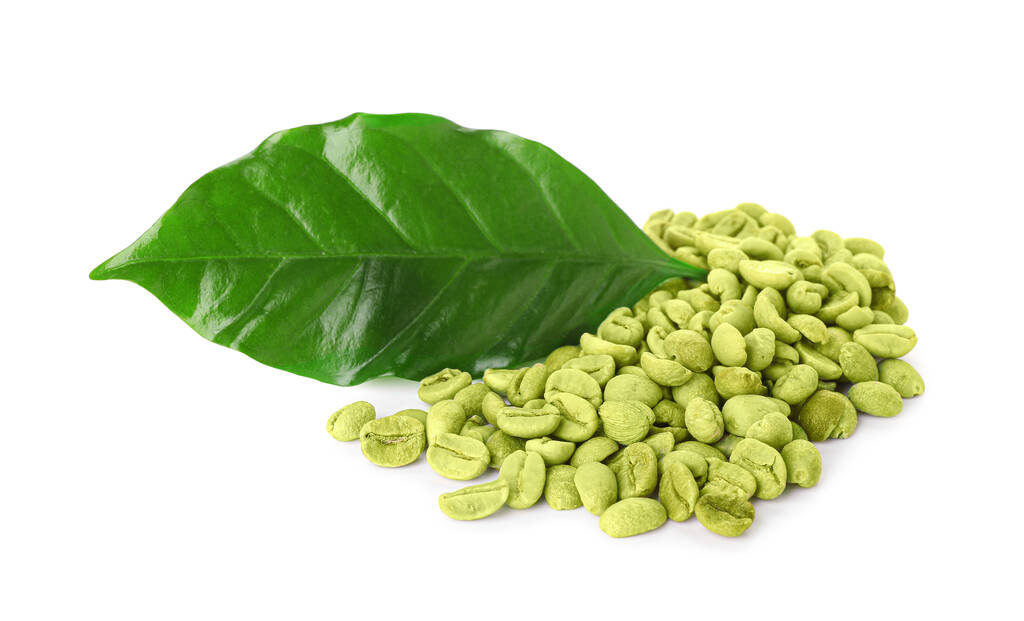
Experiences with green coffee
The green coffee trend comes from the USA and has been very popular there since 2012. In 2017, some studies on the green coffee extract were carried out, including on American television. This led to a higher level of awareness of the miracle cure in the USA and has now also reached Germany. Since then there have been further studies with the Green Coffee.
In addition to extensive studies, many self-tests were carried out by critics and advocates who wanted to experience the effects of Green Coffee with their own eyes and try it out on themselves. Whether critics or advocates: both sides drew positive feedback from the self-experiments. Of course, many other factors – such as the difference between the excess weight and the ideal weight – play a role in how much the test subject ultimately loses. But Green Coffee definitely led to weight loss in overweight subjects.

